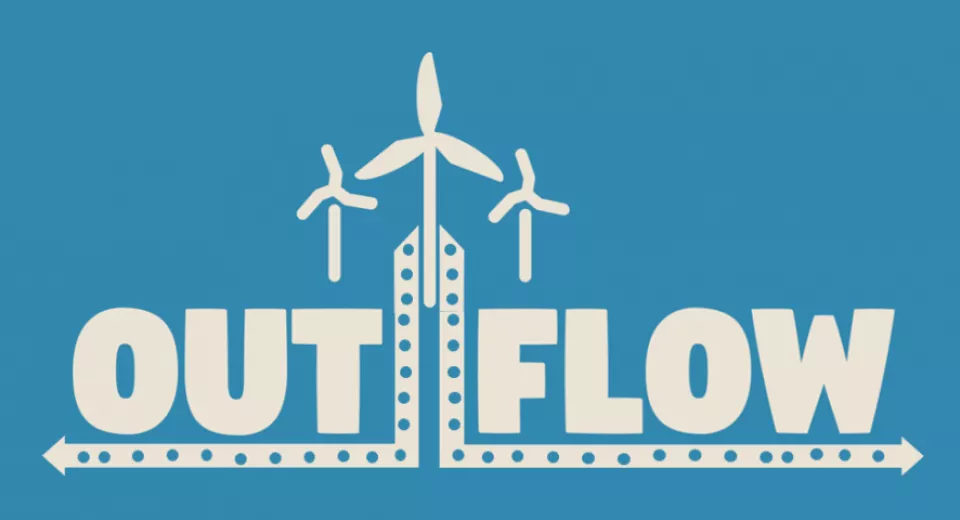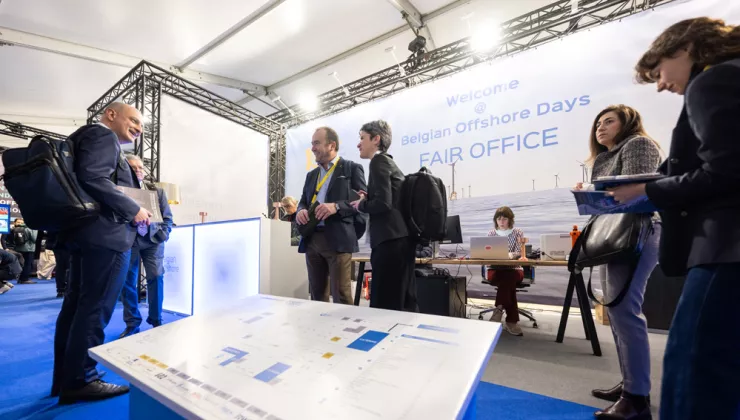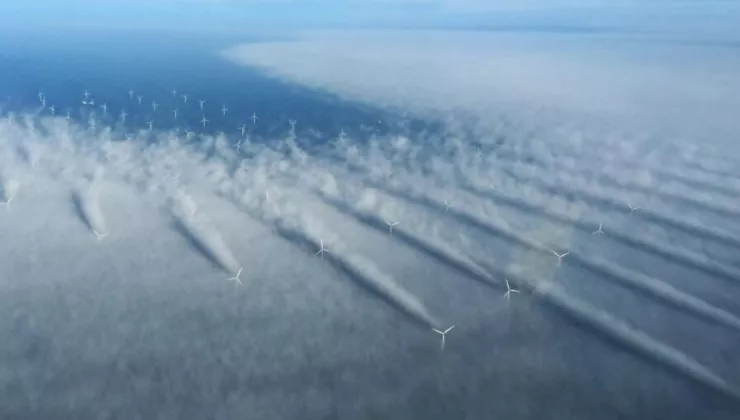OUTFLOW
The installation and exploitation of offshore wind farms seems to result in spatial changes in the distribution of organic material in the water column and on the sea bed. The large quantities of organisms found on the turbines may be a potential explanation for this phenomenon.
Most of these organisms feed on material from the water column. That food is used for growth and reproduction, but is also partly released as faecal pellets, which are relatively heavy and may end up locally on the seabed.
To investigate this hypothesis, OUTFLOW will develop markers for those faecal pellets. They will be deployed in a next phase to determine where this organic material ends up and in what quantity.
Scaling up from detailed measurements around 1 wind turbine to the scale of a wind farm, and the wider scale of the Southern Bight of the North Sea, will allow us to assess how the installation of multiple wind farms affects the carbon dynamic of the marine ecosystem as a whole.
These results are useful not only for the spatial planning of wind farms, but also for the spatial planning of mussel or oyster farming activities, as these animals feed in a similar manner and produce similar faecal pellets.
Partners: Royal Belgian Institute of Natural Sciences and Ghent University
With the support of: BELSPO (Belgian Science Policy Office)
Contactpersoon: Jan Vanaverbeke (RBINS)



